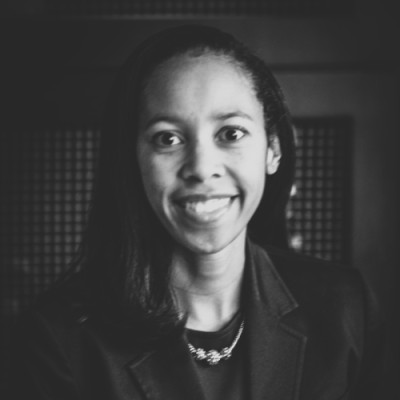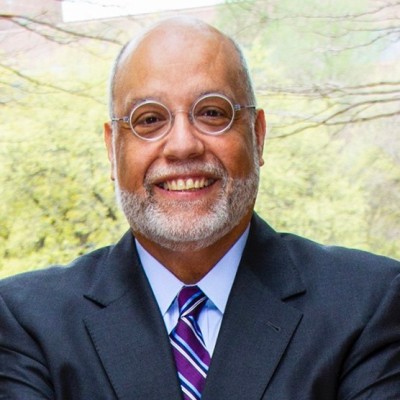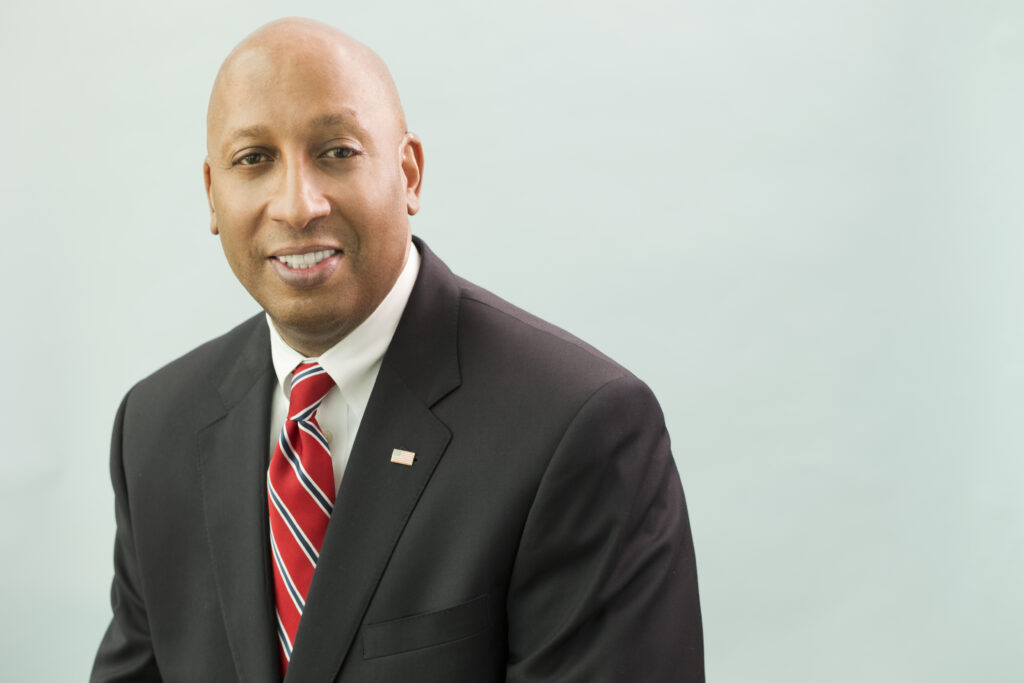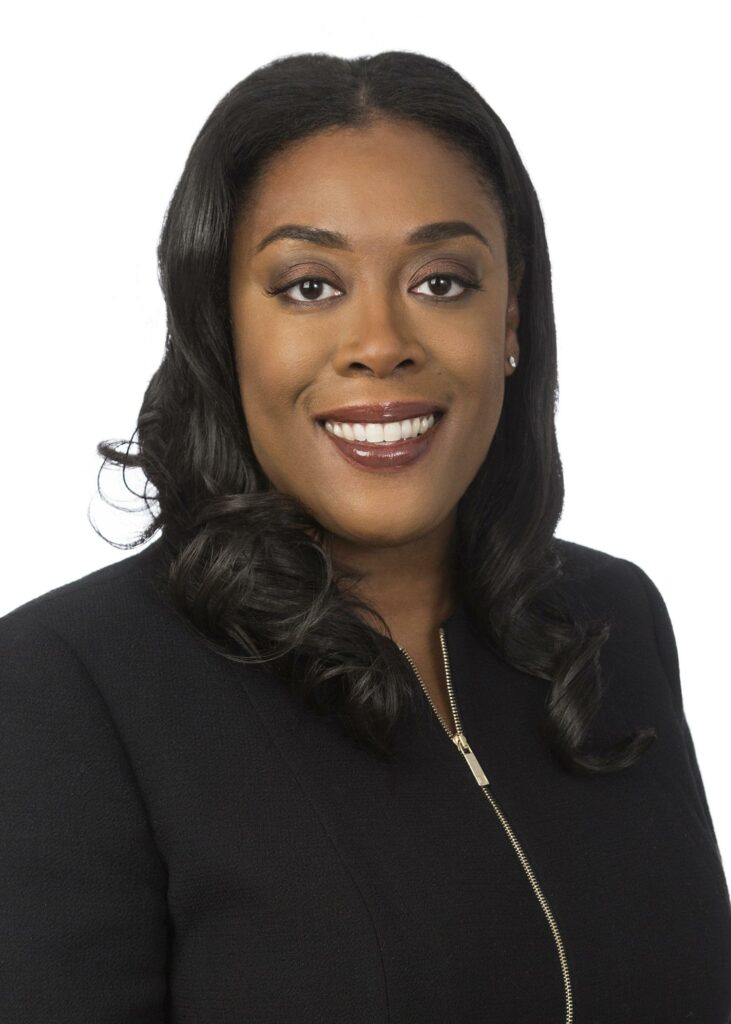The impact of the U.S. Supreme Court nixing race-based affirmative action in higher education is going to impact the legal profession, but leading experts on diversity say there are specific steps that leaders at corporate law firms and corporate legal departments can take to mitigate the eventual impact.
Those insiders say the legal profession has seen this day coming and, in light of this decision and the 2023 Texas legislative session, it is a safe bet that opposition to certain diversity, equity and inclusion efforts is not over.

“For far too long we’ve known that it was only a matter of time before affirmative action was completely dismantled, and for far too long we’ve collectively sat by holding our collective breaths waiting for that day,” Pattern Energy senior legal counsel Lauren Haller told The Texas Lawbook hours after the Supreme Court issued its opinion in Students for Fair Admissions v. Harvard. “Well today is that day.”
Chris Luna, formerly T-Mobile’s vice president of legal affairs, said he expects to see the Students for Fair Admissions plaintiffs and those with similar viewpoints bringing more affirmative action-related litigation in the private sector next.
“I don’t think they are going to say, ‘We won,’ claim victory and go home,” Luna said. “I think they will look for the next lawsuit … and look at how they dismantle either affirmative action programs or DEI programs at law firms and companies. I don’t think this is the last battle — these plaintiffs will be creative at trying to find new lawsuits.”

But as the breadth and depth of the diversity challenges the legal industry faces remain to be seen, legal insiders say law firms have the most influence on the future of the diversity pipeline.
“While law schools will no longer be allowed to take racial diversity into consideration in the admissions process, law firms have the money, which means that law schools will value what the law firms tell them to value,” said Leon Carter, founding partner of Dallas litigation boutique Carter Arnett. “In essence, law schools are just trade schools that funnel into law firms. If law firms care about hiring Black and other minority students, then law schools will still admit Black students. As we know, law firms don’t take their cues from law schools; law schools take their cues from law firms.”
Carter said law firms that are genuine about fostering DEI “will actually have to take Black law schools (HBCUs) more seriously and understand that making clerking a prerequisite for employment will be even more discriminatory than it already is.”

“The vast majority of judges aren’t Black and tend to desire clerks with ‘similar backgrounds’ as them,” Carter said. “Black law students are already the least hired for clerkships, and [the Harvard] decision will make that opportunity even further out of reach, meaning that Black law students will continue to be systematically eliminated from consideration from prestigious jobs and unable to build wealth.”
There will also be increased pressure on universities’ admissions officers to do their due diligence when considering candidates, Houston lawyer Allan Van Fleet said.
Van Fleet has worked on two affirmative action cases in his career. In the nineties, he was on the team led by Harry Reasoner that secured a win in the U.S. Court of Appeals for the Fifth Circuit for the University of Texas in Hopwood v. Texas, which was the first successful (at the trial level) challenge of a university’s affirmative action policy. More recently, Van Fleet filed an amicus brief in the Fisher v. Texas affirmative action case on behalf of family members of Heman Sweatt, who was one of the first African American law students admitted into UT Law after suing the university in litigation that was considered the predecessor of Brown v. Board of Education.
Noting the portion of Chief Justice John Roberts’ majority opinion clarifying that universities can still assess how race has affected an applicant’s life in their personal essays, Van Fleet expressed some optimism because he said it was similar to how he understood UT to consider race in a holistic context during the Fisher case.
“This admissions business is going to get harder — and should be harder,” Van Fleet said. “Those making these decisions at the margins really need to review students’ entire folders, the entire history of where they’ve been, where they plan to go. You can’t just fill a class painting by the numbers. Admissions officers are going to have to do the hard work of trying to find out where these [students] are and [how they’ll] contribute to the academy, society and beyond.”
Law firm leaders say firms can take some immediate steps to nurture the pipeline — particularly since most in recent years have adopted diversity as a core value by embracing inclusive hiring and retention policies.

“We’re confident that the legal profession will adapt and lead in achieving its diversity goals because diversity is important in the law, courts and workplace, and our efforts will endure,” said Tracy LeRoy, a partner at Yetter Coleman and member of the firm’s management committee. “Law firms should look at the decision as an opportunity to reconfirm their commitment to diversity by continuing to support programs at law schools and colleges aimed at opening a path for diverse students to become lawyers.”
For example, LeRoy said, her firm supports The Appellate Project, a nonprofit dedicated to diversifying the appellate bar by supporting law students of color though mentorships, fellowships and an upcoming handbook that demystifies the clerkship process. LeRoy said a Yetter Coleman associate recently mentored a diverse 2L student through their clerkship application process and that student recently got a clerkship with Texas Supreme Court Justice Brett Busby.
Baker Botts Chief Diversity & Inclusion Officer Heather Choi said the Harvard decision “underscores the need for increased collaboration between law firms, law schools and colleges” both to attract diverse students to the law and to provide them the necessary skills to succeed.

“This can include mentoring and tutoring programs, résumé reviews or mock interview programs,” Choi said.
LeRoy and Choi both said the Harvard decision does not directly impact how their firms recruit lawyers — LeRoy said Yetter Coleman prioritizes law clerks, while Choi said Baker Botts will continue to partner with organizations committed to creating visibility and access to the legal profession for diverse students early in the pipeline and that the firm will continue its recruiting efforts at HBCUs, minority job fairs and law schools with diverse student populations.
But Beaumont lawyer Frank Newton, a former longtime dean at Texas Tech University School of Law, questions how many in Big Law will be truly motivated to make a difference unless they change their tendency to hire students from top ranked law schools, where SAT and LSAT scores play a huge role in admission and highly correlate with socioeconomic status.
“It’s going to be harder for [Big Law] to let go of the current standards for evaluating a student and hiring them, because the better you did on the SAT or LSAT, the more likely you were to come from a background of parents who were already educated and knowledgeable about a society in which most people are affluent,” he said. “So it helped ensure you got people who look like the people the big firms serve.”
“Although the big firms do some pro bono work — and they ought to be — most big firms could not care less about underserved populations,” he added. “You can’t make money representing underserved populations, and what they want to do is make money. I don’t see them being a driving force in helping develop and implement new, more equitable bases for student selection.”
Although firms may have the most influence, making the legal profession more diverse is going to require collaboration from all players involved, Haller noted.
“We have to come together whether that be the private industry, the Urban League, the NAACP, LULAC and every other organization focused on the advancement of minorities. And we have to use our skills, knowledge and creativity to ensure students of color are well represented in institutions of higher learning,” Haller said. “It’s up to us to take a stand and make a difference.”
